Scientific name Camaenidae | Rank Family | |
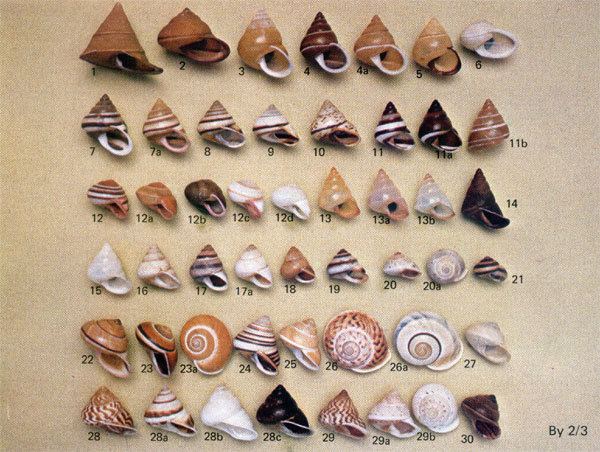 | ||
Lower classifications | ||
Camaenidae is a family of air-breathing land snails, terrestrial pulmonate gastropod mollusks in the superfamily Helicoidea, the typical snails and their allies.
Contents
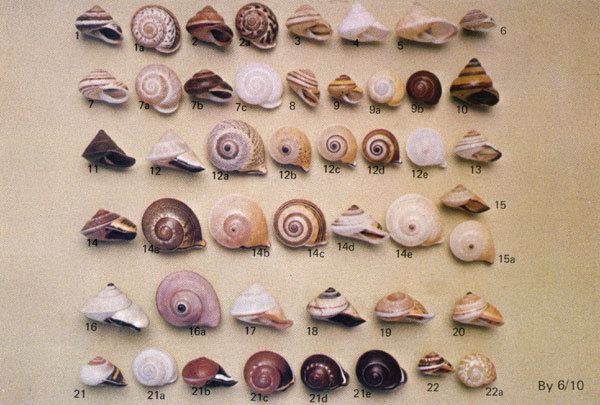
This is one of the most diverse families in the clade Stylommatophora.
These snails occur in a wide variety of habitats in the tropics of Eastern Asia and Australasia.
A large American group, which is mainly represented by species from the Caribbean, has until recently also be subsumed under the Camaenidae. However, latest molecular phylogenetic studies showed that these species represent a different family, the Pleurodontidae.
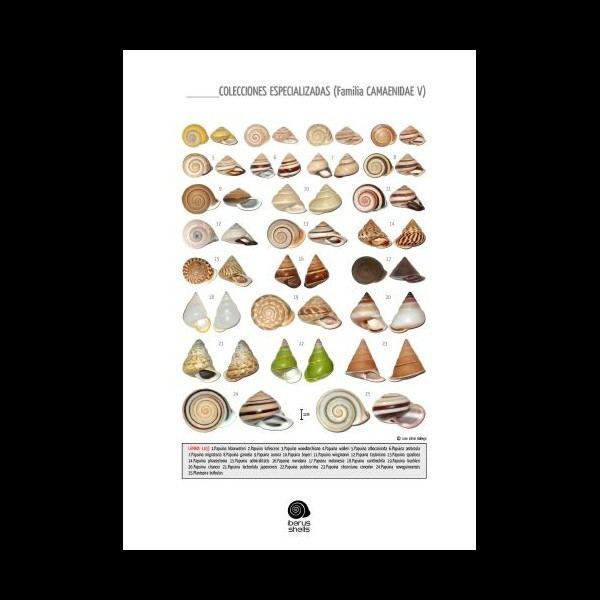
This molecular study also implies that the Bradybaenidae, currently being treated as a distinct family within the Helicoidea, is a junior synonym of the Camaenidae.

Anatomy
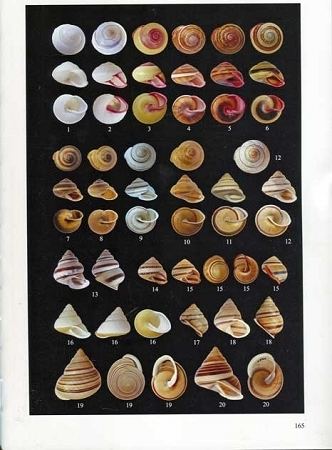
Camaenid shells are often quite large (25–50 mm), but a number of species also have small shells (<5 mm). Shells reveal a remarkable diversity in shape and colour, which is partly linked with their life style. For instance, arboreal species tend to have large and conical shells, whereas terrestrial species often have rather flat shells. The shells of some taxa can be vividly coloured, showing banding or other conspicuous patterns, but others are plain and uniform.
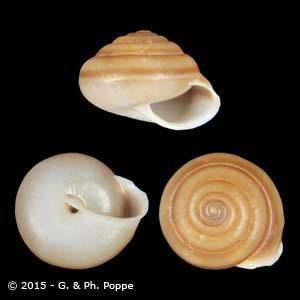
This family is defined by a missing diverticulum and a missing stimulatory organ. It is suggested that the family Camaenidae as currently delimited is a polyphyletic taxon. There are no synapomorphies uniting this diverse family. The American group is closely related to the families Helicidae and Helminthoglyptidae, while the Australasian group is a closely related to the Bradybaenidae.
In order to retain the Camaenidae as a monophyletic clade, the Neotropical Pleurodontidae will need to be removed as an independent family, and the Bradybaenidae will need to be included. This taxonomic decision is currently pending a formal suggestion and wider acceptance among systematists, however.
In this family, the number of haploid chromosomes lies between 26 and 30 (according to the values in this table).
Subfamilies
Division into subfamilies has been suggested, however, given the unresolved relationships on the family level, the subfamilial treatments must be considered hypothetical. They do not reflect the results of comprehensive phylogenetic analyses, and are not corroborated by current molecular data.
The following three subfamilies have been recognized in the taxonomy of Bouchet & Rocroi (2005) (as based on a suggestion of Alan Solem)
A different taxonomy of the Caemenidae was used by Schileyko (1998–2003).
Genera
Currently, 87 genera are accepted within the family Camaenidae:
Taxa with main occurrence in South-East Asia
Taxa with main occurrence in Papua New Guinea to Solomon Islands
Australian genera In Australia, the Camaenidae comprise 131 currently recognized genera, most of which are endemic to the continent.
